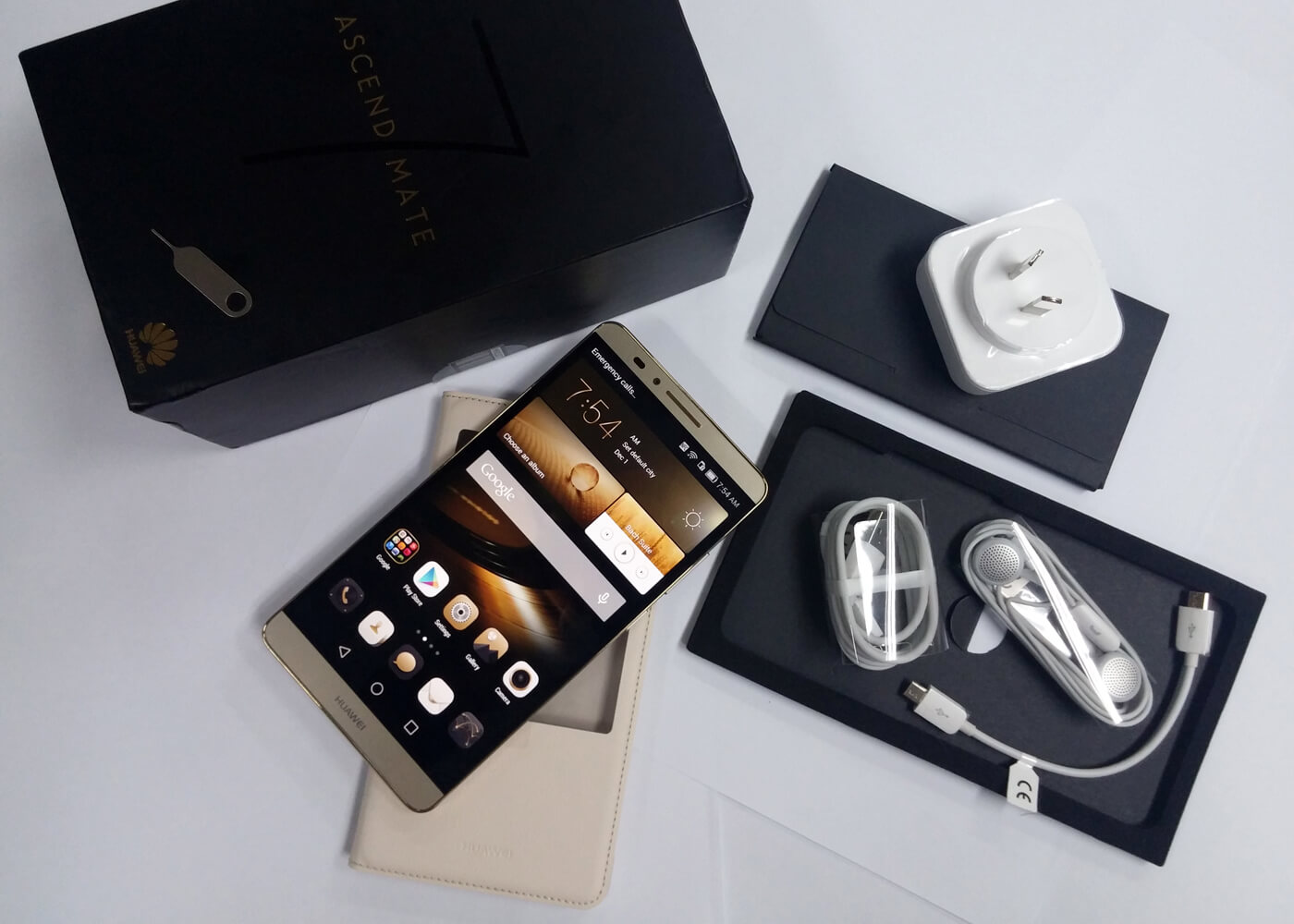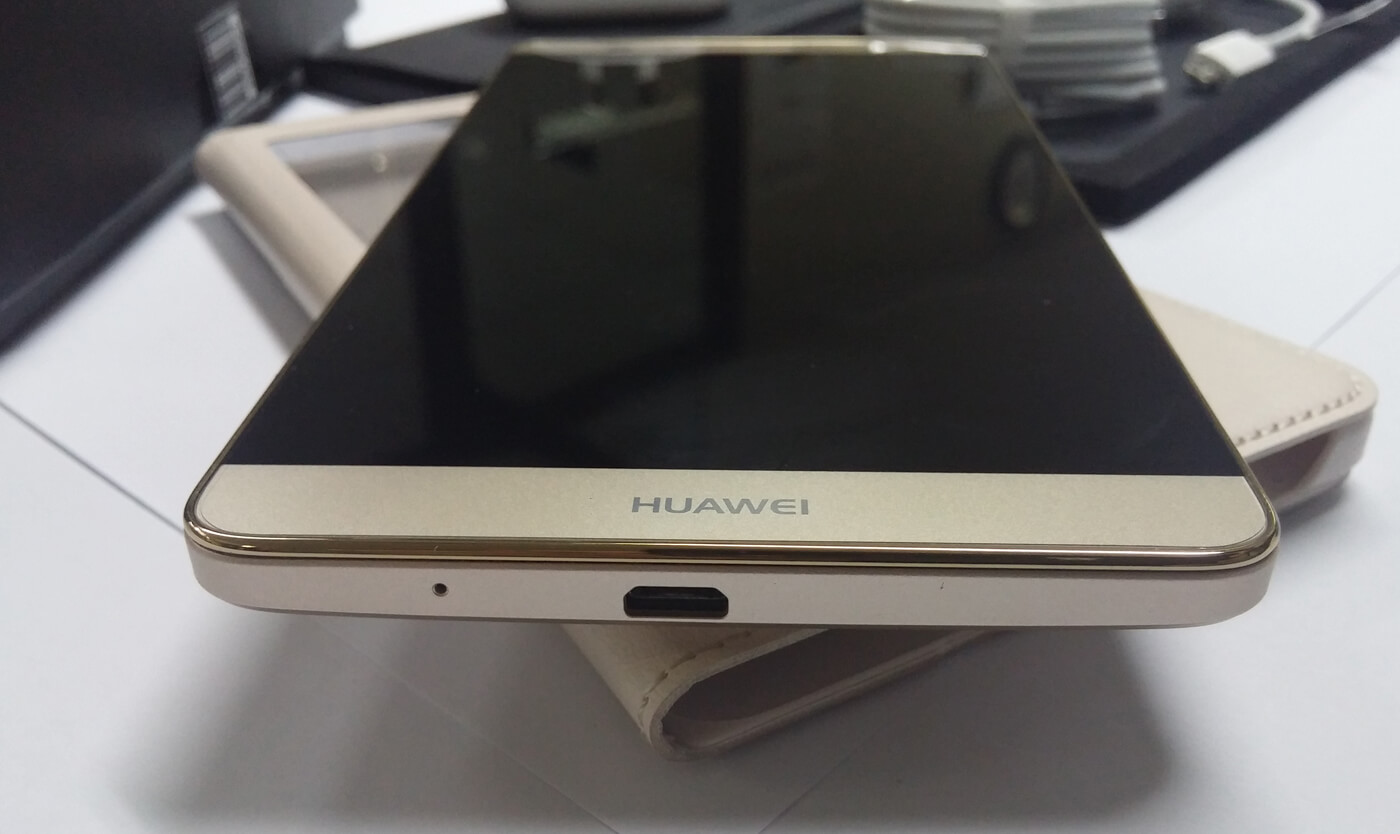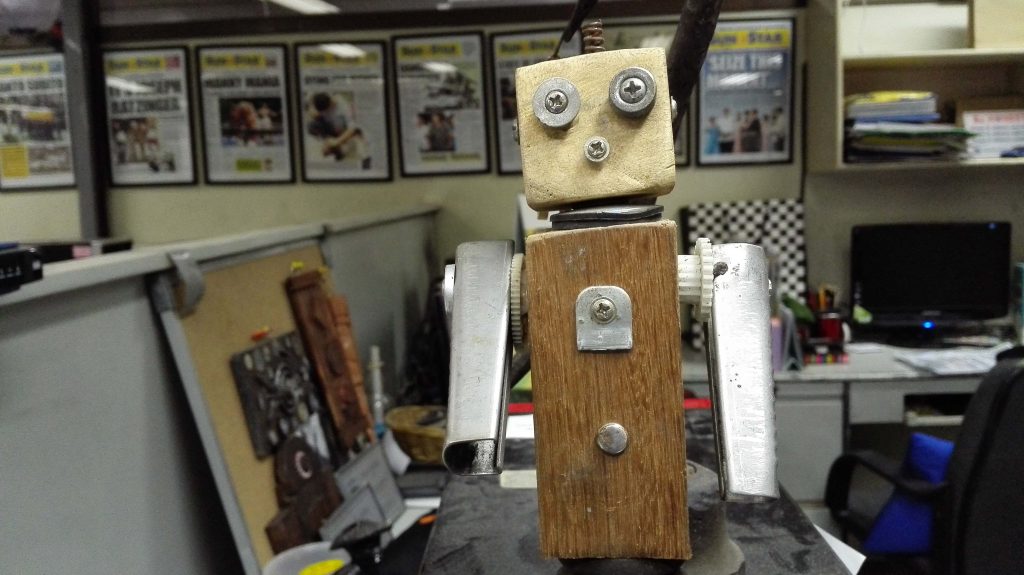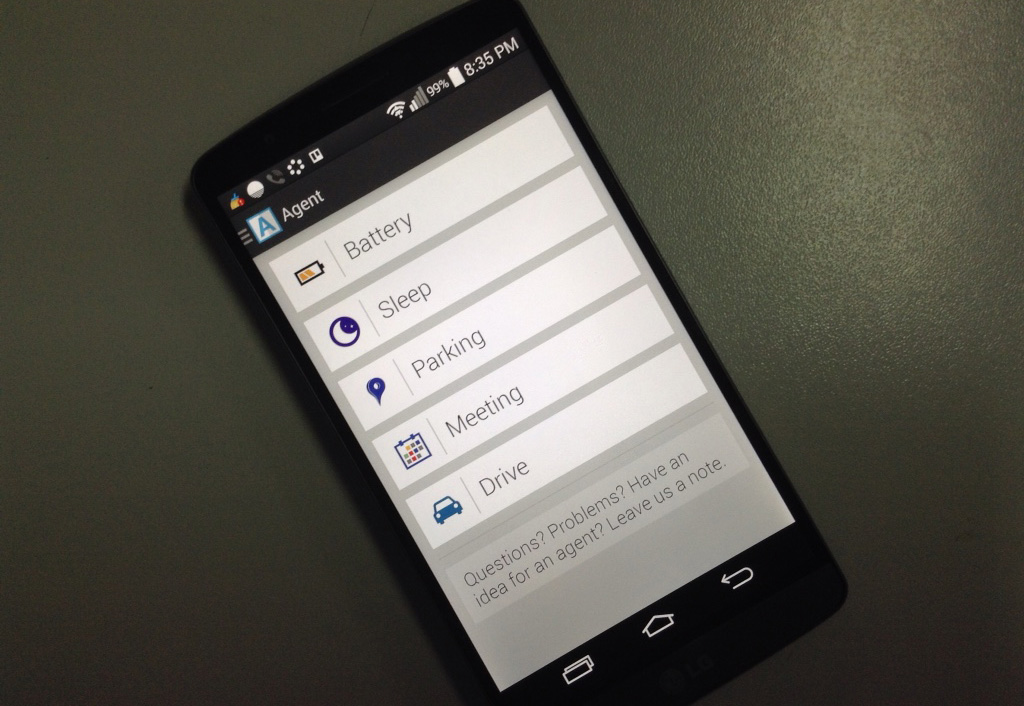Except for their prices, the Starmobile UP Mini and UP Lite don’t come off as cheap. Their build quality is excellent and the phones are very responsive.
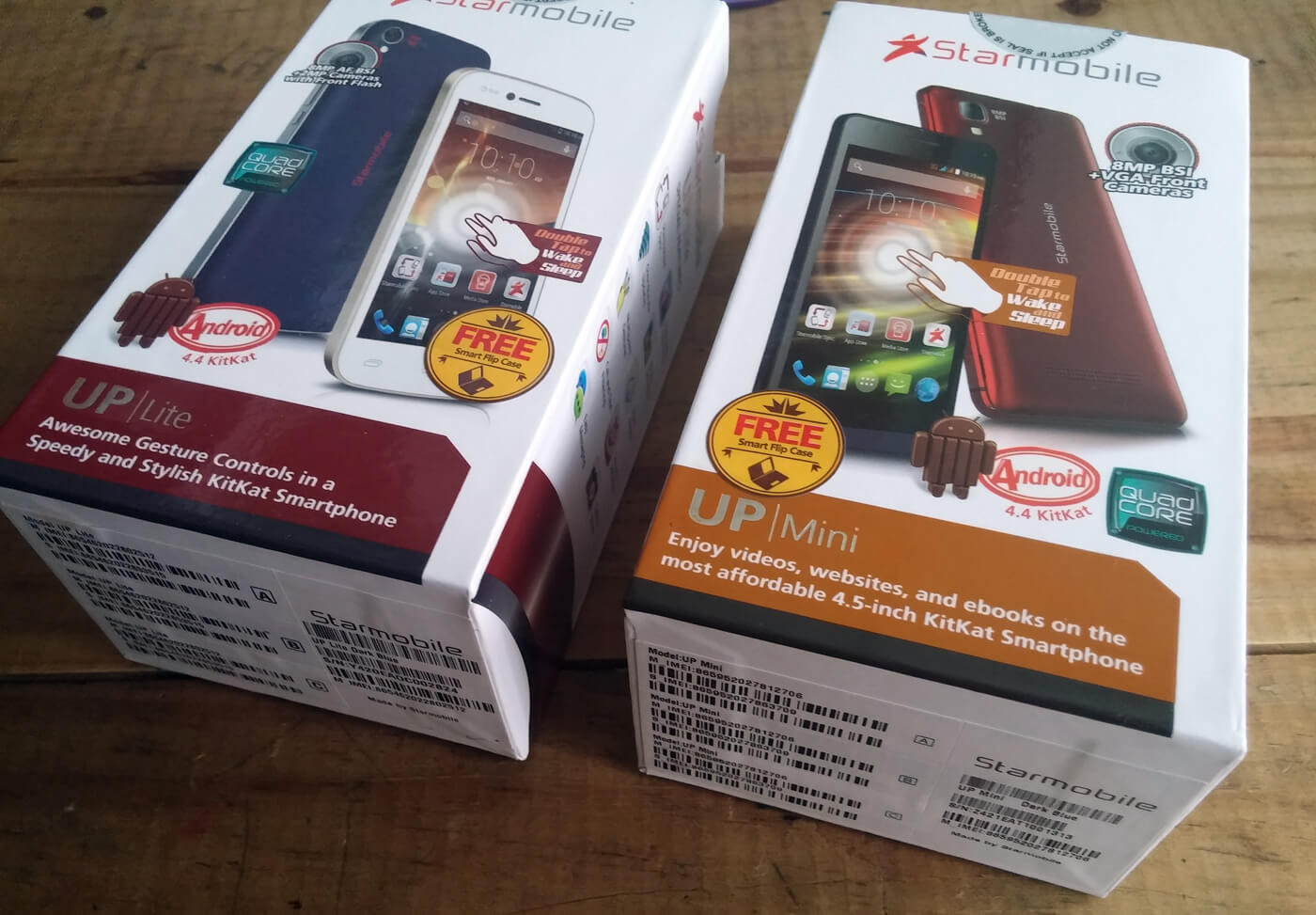
Starmobile’s UP Mini and UP Lite.
I passed the UP Mini around and asked friends and colleagues to feel its finish, check out the device’s responsiveness and guess its price: P15,000 said one, P13,000 said another. The lowest guess was P5,000 with most saying it’s price was higher than P8,000.
The UP Mini actually sells for P3,690 and what a device for such a price. It has a 1.3GHz quad core ARM Cortex-A7 CPU with Android 4.4, a 4GB built-in storage expandable via micro SD, 8MP rear camera with Backside Illumination (BSI) and 1080P at 30FPS video capture. The device is dual SIM with dual 3G standby.
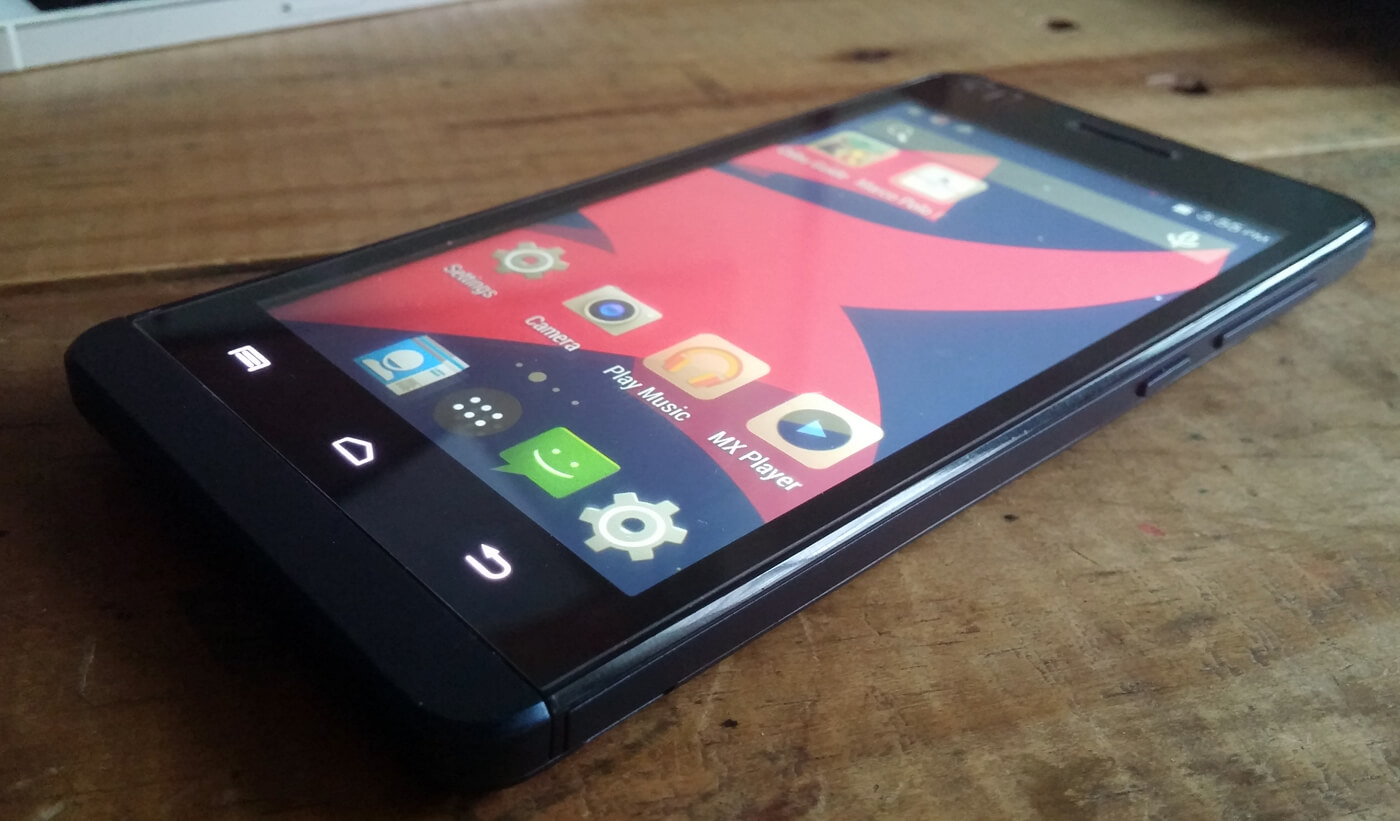
UP MINI. The phone retails for P3,690 but its responsiveness and build quality made some colleagues guess it was selling for as high as P15,000. (Photo by Max Limpag)
I used the device for two weeks and found it a perfectly capable smartphone. Although its RAM is only 512MB, it was okay as a device to manage email, browse websites, keep up with news and boost productivity through my go-to apps.

The UP Mini and an iPhone 5.
UP Mini Specifications
- Android 4.4 KitKat
- 1.3GHz Quad Core ARM Cortex-A7
- Mali-400MP2
- 2G GSM: 850/900/1800/1900MHz, 3G UMTS/WCDMA: 850/2100Mhz, HSPA+: Download up to 21Mbps
- 4GB ROM
- 512MB RAM, Micro SD expansion
- 133.4 x 66.4 x 9.3mm
- VGA Front Camera plus 8MP with Backside Illumination (BSI) Rear Camera with 1080p @ 30fps
- Wireless Internet and File Transfer, Miracast, FM Radio, GPS + A-GPS, OTA Update
- 1550mAh Li-ion
- Regular + Regular, Dual 3G Standby
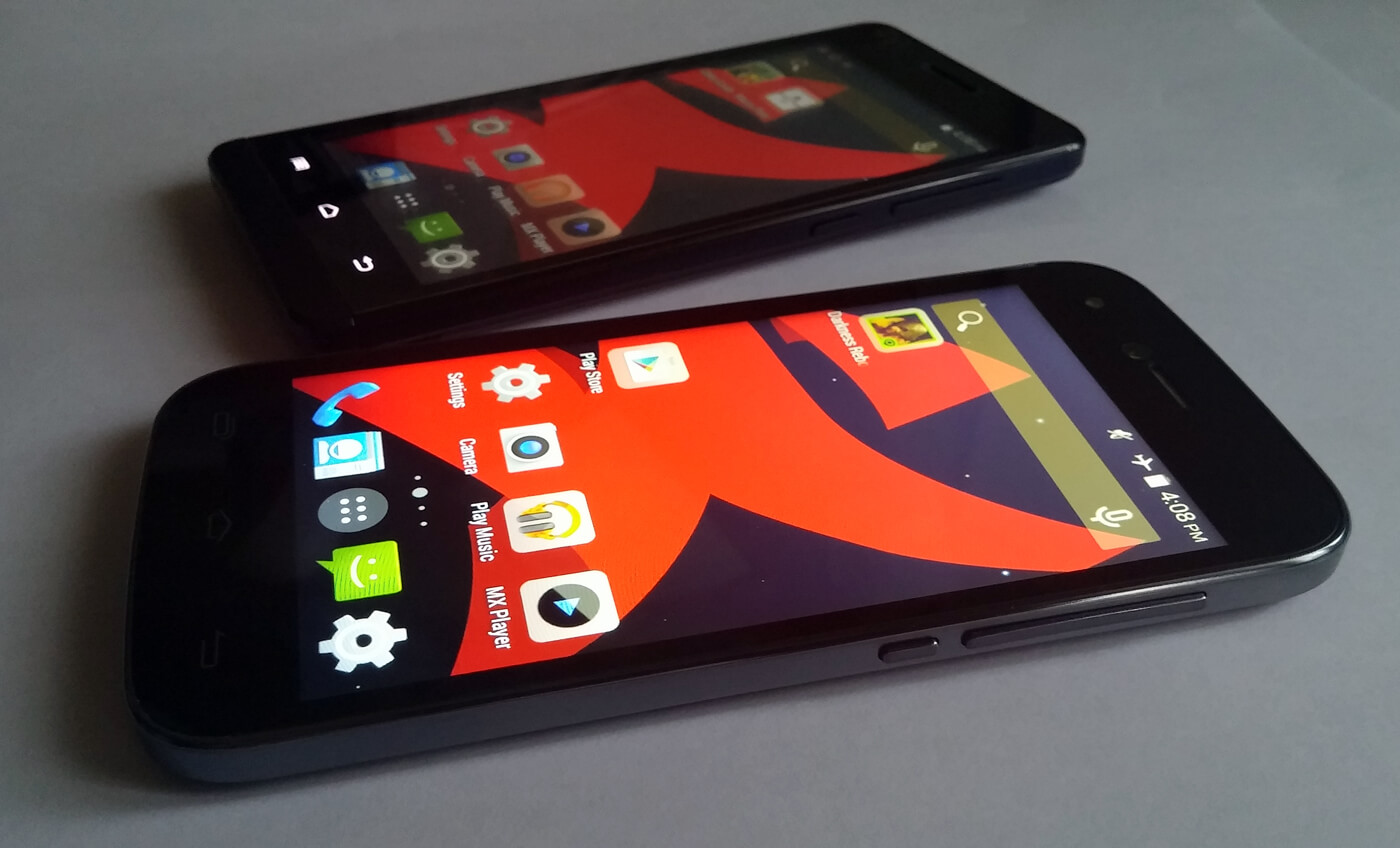
The UP Mini (top) and UP Lite.
The UP Lite, on the other hand, is a speedier alternative. It has the same processor but more RAM, at 1GB, than the Mini. The company describes it as “speedy and stylish.” It delivers on the speedy but I found the Mini more stylish. Maybe it’s just me.
As a phone, the UP Lite is more than a capable device. It handled games – even those with heavier graphics demand – very well. I asked our eldest son to play games with it and he said he was very happy with the performance.

UP Lite. The phone comes with a quad core processor and a 1GB RAM, which makes for a very responsive device.
When I used it the UP Lite, I found it responsive enough for my needs. I used it for work for a couple of days – through my regular apps of choice Mailbox, Google Docs, Trello, Slack, Flipboard – and had no complaints. It ran apps well.
The phone comes with an 8MP rear camera with BSI and 1080P at 30FPS capture and a 2MP front camera with BSU and LED flash.
UP Lite Specifications
- 2G GSM: 850/900/1800/1900MHz, 3G UMTS/WCDMA: 850/2100MHz, HSPA+: Download up to 21.1Mbps
- 1.3 GHz Quad Core ARM Cortex-A7
- Mali-400MP2
- 1GB RAM, Max 32GB Micro SD expansion
- 8GB ROM
- 134 x 65 x 8.2mm
- 2MP with BSI and LED Flash Front Camera and 8MP AF with Backside Illumination (BSI) Rear Camera with 1080p @ 30fps video capture
- Wireless Internet and File Transfer, Mirecast and Chromecast Support, FM Radio, GPS + A-GPS, OTA Update
- 1650mAh Li-ion
- Regular + Micro, Dual 3G Standby

UP LITE UNBOXED. The UP Lite, as with the UP Mini, comes out of the box with a free screen protector, instacase and a smart cover.
Even the phone chargers of the two devices don’t look cheap. They are actually a stylish white. The devices also come out of the box with a free screen protector and smart cover.
Starmobile is turning out an impressive line of devices at such a low price. At such low prices, the UP devices perform way above their price class. If you’re looking to upgrade to a smartphone or to find a device to give for Christmas, make sure you check out these two models from Starmobile.
The post REVIEW: Starmobile UP Mini, UP Lite: good phones on a budget appeared first on Leon Kilat : The Tech Experiments.
